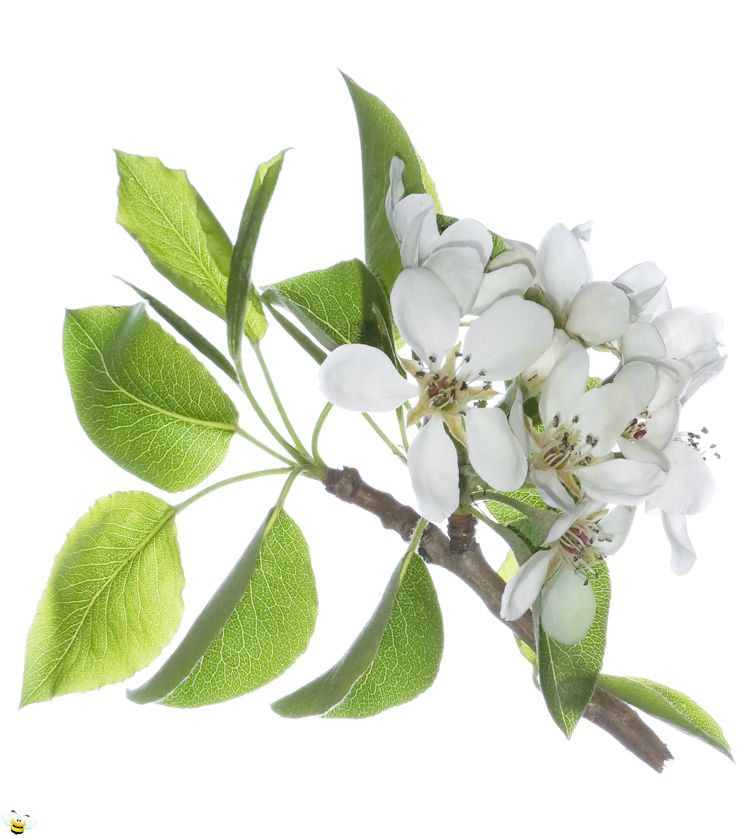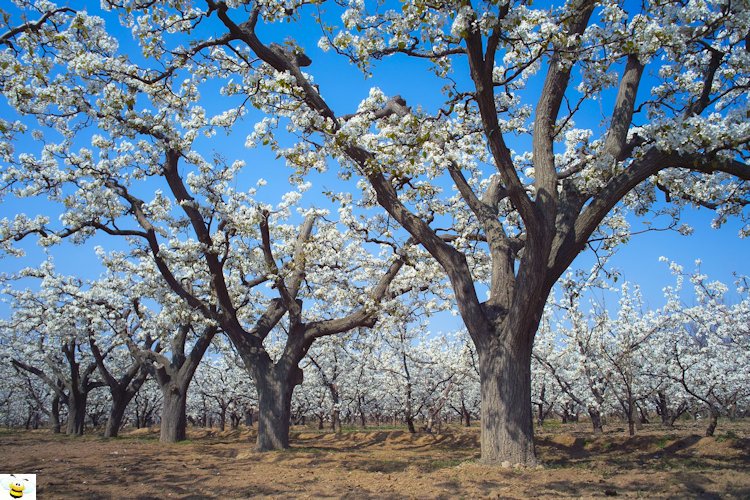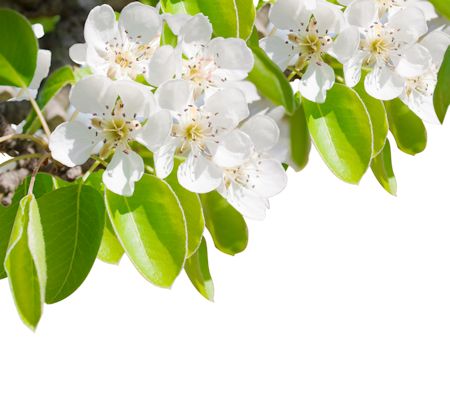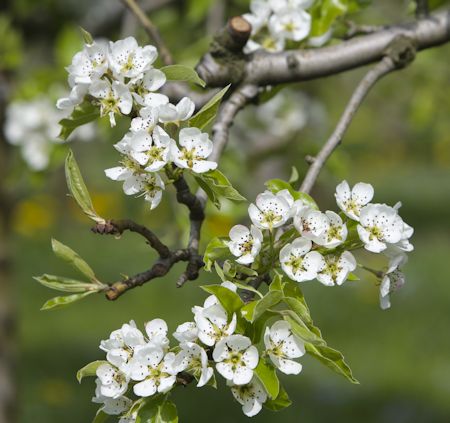Grandma is the Pear Honey
Queen Bee!
This one even surprised me...
You will find that pear honey is not even real honey in the traditional sense… but it has acquired a strong following rooted in family’s of past years. It is something that you may remember your grandmother making and there are many fond memories that the flavor of this fine treat will bring to mind.
Pear tree nectar flow happens at around the same time as other fruits in the orchard such as apples. As a result it is more common to find honey from pear trees as a component of apple or wild flower honey and it is commonly harvested as a multifloral honey.
I think we should grab grandma's recipe and cook up a batch to share with our family! What do you think Whizz?

WHIZZ NOTE: I don’t know if that is a good idea... there simply is no substitute for the real thing, but I guess it's OK to give Grandma a chance.
Here is what I expect when my family makes pear honey and I especially enjoy some it to sweeten my tea!
Flavor... mild and fresh with a light citrus kick.
Color... is very light and clear.
Storage... is average amount honeys.

Plant:
The pear is a medium sized tree often with at tall narrow crown. The leaves are alternately arranged and may vary from 2 to 12 centimeters with a broad oval shape. Some pear leaves are glossy green and others have dense silvery hair on them.
Bloom:
Usually blooms during the same time as apples in the same region. Expect these flowers to appear between early April and late in May depending on variety and location. Blossoms are usually found in groups along the stem with a single flower having five petals and are almost always brilliant white.
Location:
Pears can be found worldwide and prefer mildly temperate climates making coastal regions ideal. Many times if you can find an apple orchard you will also find pears as a companion crop enjoying similar climates.
Honey and Pollen Potential:
Beekeepers do not typically find the pear a substantial source of honey production. The nectar flow is early in the season and lower quantity in comparison to other nectar sources. This honey is rarely harvested and marketed as a monofloral source. However in an area where pear trees are available in large acreages you may find a beekeeper who has successfully harvested honey that is in large part made from pear nectar.
You can expect honey production to be 50-75 lbs per hive if you have hives that are strong early in the spring to take advantage of this early nectar source.
Pear does make a great early spring food source for the honey bees not just because of the available nectar but because this tree also is a good pollen producer. Pear pollen will typically be red-yellow in color.

You may occasionally find real pear honey in areas where large orchards are available. Many find this honey a pleasant tea sweetener with its’ light color and slightly citrus flavor.
If you can’t find the real thing from the hive then try this version from grandma’s kitchen.
This pear honey recipe is simple and very tasty. It will bring a bit of the past into your kitchen for your family to enjoy today!
Grandma’s Pear Honey Recipe
1 20-ounce can crushed pineapple with syrup
16 cup (about 6 pounds) peeled, cored, and chopped pears
10 cup sugar
1 tablespoon lemon juice or 4 pieces ginger
----------------------------------------------
- Place chopped pears into a large pot, and pour pineapple juice over them to prevent them from browning.
- Stir in sugar, and bring to a boil over medium-high heat. Stir frequently to prevent scorching.
- When the pears are at a full boil, reduce heat to medium, and add lemon juice or ginger as desired.
- Cook until the mixture is the color and texture of honey. The longer you cook it, the thicker it gets. Cooking time is usually 2 to 3 hours.
- Ladle into hot sterile jars, filling to within 1/4 inch of the top. Wipe rims with a clean damp cloth, and seal jars with lids and rings.
- To preserve for long term storage process in a boiling water canner for 10 minutes.
- Enjoy!
Honey › Good Honey Plants › Pear Honey





